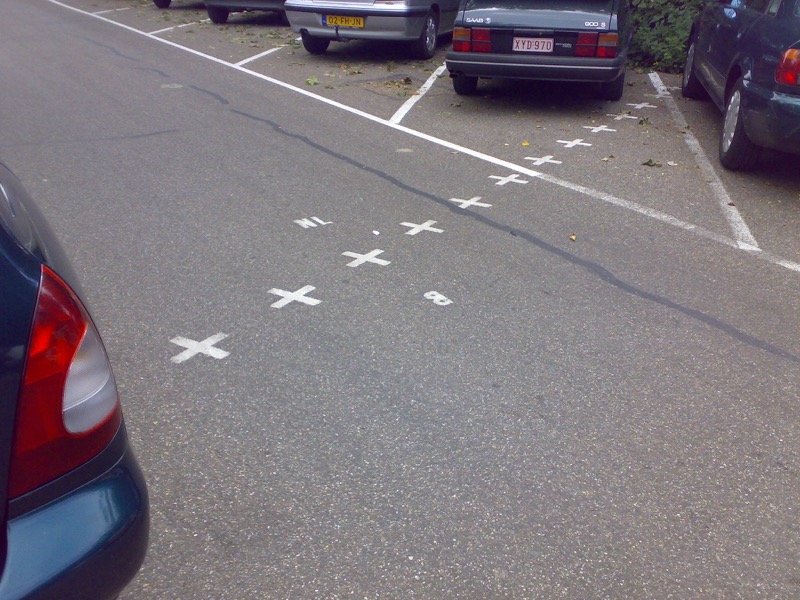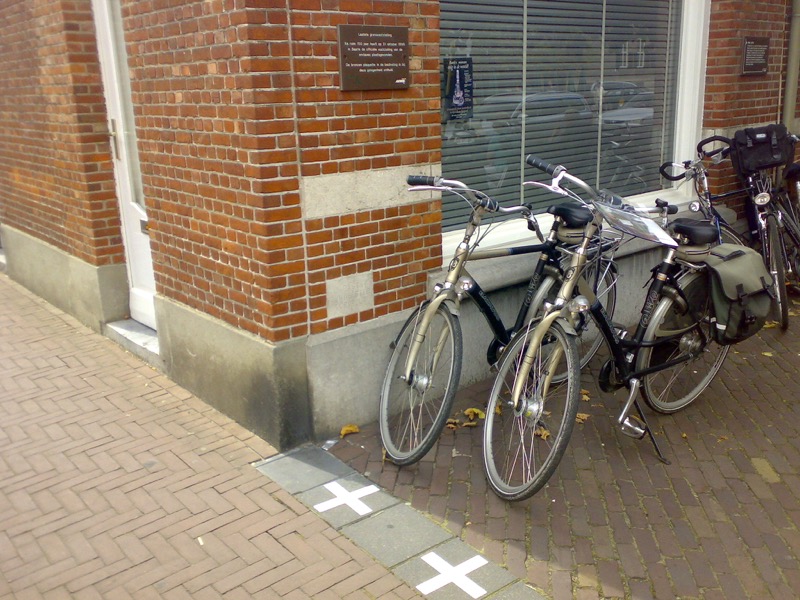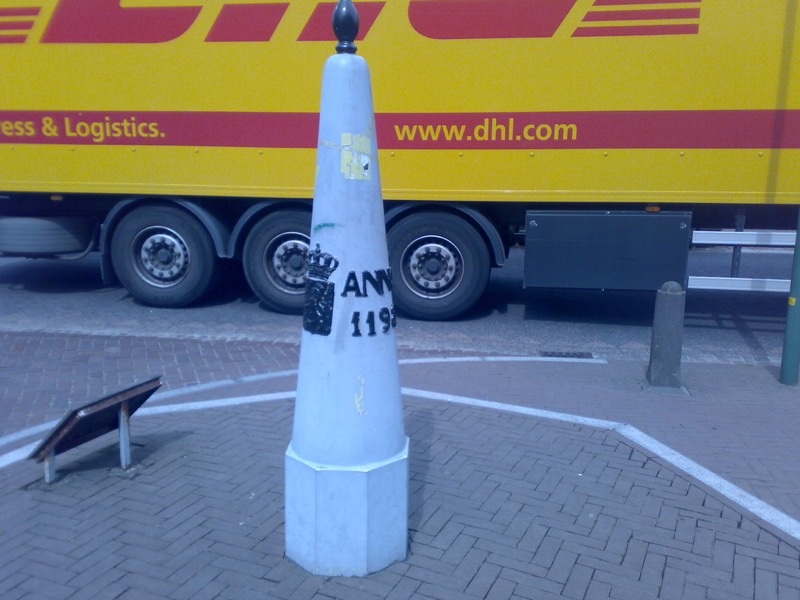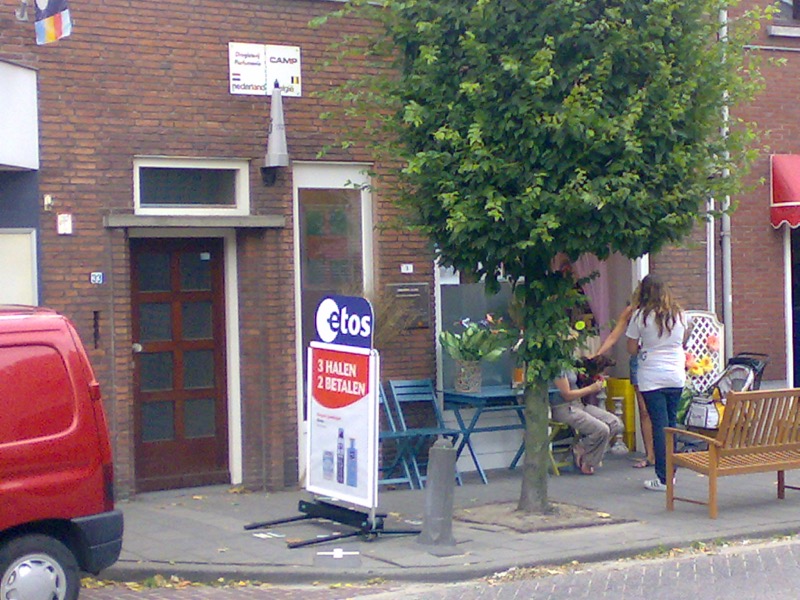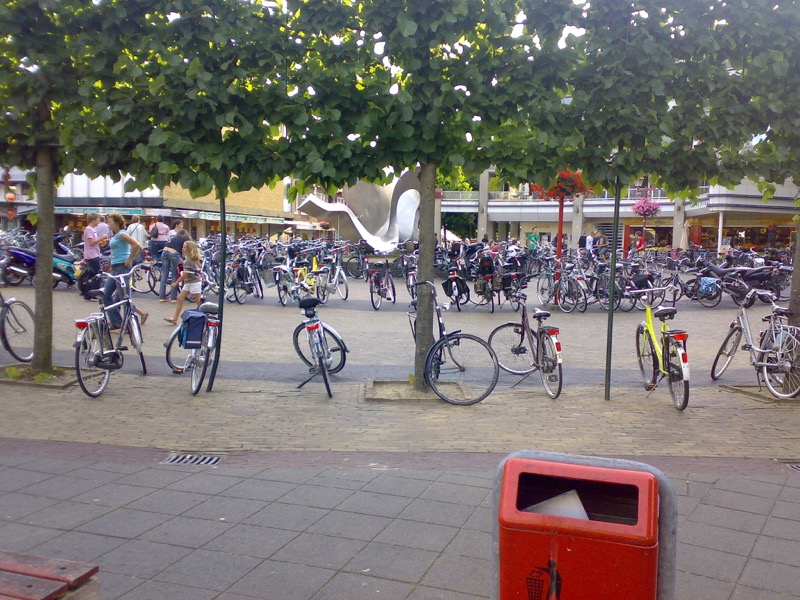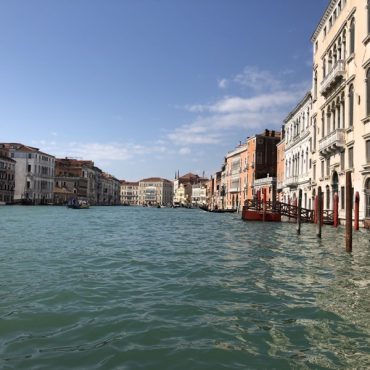Right then, the first day’s gone well.
Starting where I left off, I found the car. So, bags loaded, on-board computer changed to English, radio set up, km count reset to zero (very important!) and off I go – once I find my way out of the multi-storey car park with very tight corners, left-hand driving a big car and trying hard to remember that I need to leave a lot more space on the right between me and the concrete posts and other people’s cars!
Anyway, out of the car park and onto the open road. France was but a distant memory within about 40 minutes. There is a very strange border crossing on the motorway. I’ve crossed borders before and the motorways always seem joined up. Not here. It’s like the two countries have just chucked the two motorways at each other and wherever they landed, that’s what they went with. You sort of slow down, swerve a bit, go over loads of bumpy road, become unsure of which lane you’re in (no markings), swerve some more and if you’re lucky, you’re on the world-famous Belgian road network. World famous because it’s rubbish.
Anyway Belgium wasn’t really a ‘destination’ as such, with just one or two stop-offs for refreshments. I’ve been here a few times before, including the Stella Artois factory tour about ten years ago, with unlimited beer (and cheese!) at the end. I’ve also been to Brussels.I was finding my way using the sat nav wherever possible, and picked ‘Fastest Route’, which didn’t always match up with the route I’d drawn on the map. But I’m glad it picked the route it did, because it chose a nice route into the Netherlands, on a fairly small road running alongside a wide canal.
Of course, the views along this part of my long journey aren’t full of big hills and stunning views from the top of them. As great as they are, you don’t need them here. Most of the journey is done at about two metres above sea level, meaning that you drive alongside some great waterways. In some parts of the country it’s almost like Venice.
And so to the first main stop, the bizarre and unique town that is Baarle-Hertog. Or is it Baarle-Nassau? In case you don’t know, when Belgium declared independence from the Netherlands in 18something, when sorting out where the border was, they were almost agreed on everything. Except this area of Baarle, which is about 20-30km north of the main border between the two countries. Basically, most of it is Belgian.
So, we’re talking about a Belgian town, on its own, well inside the Netherlands. An exclave, if you will. Go into this town and you’re in Belgium.
But it doesn’t stop there. There are some bits of Baarle which are Dutch. Inside the Belgian bit. They’re dotted around the town and can be quite big. So as I walked around this town I must have crossed the border dozens of times.
Because this is a town, with hundreds of boundary lines between two real-life countries, it is a really bizarre situation. The borders are not ‘tidy’ like between, for example, London boroughs, where they run up the middle of a street. Borders in Baarle are not tidy. They go through houses, shops, roads, pavements and restaurants. That last one is interesting. Up until recently, the licensing laws were different in the two countries and some restaurants and bars were split into a Belgian bit and a Dutch bit. When it got to closing time on one side, everyone literally had to get up and walk to the other side. There’s still the situation of longer opening hours on Sundays in one country, I think.
So how do you know where you are? Well, all the borders are very clearly marked on pavements and roads. On walls too. Sometimes with the country symbols, sometimes with flags, but they like to make a big deal of it. I’m sure a lot of tourism comes from this unique situation.
If you’re interested, there is the ‘front door’ rule here – your house or shop is legally registered in the country where your front door is – and yes, people did move their front doors to take advantage of better taxes and facilities. This system is great – except for the one house that has the border going right through the front door. It has two addresses and even to this day, posting a letter to it varies in price and distance travelled (from a few hundred yards to dozens of miles) depending on which address you use and where you’re posting it from.With two different countries here, you would think that there would be loads of bureaucracy and arguments over roads, facilities, rubbish collection, laws etc etc. It couldn’t be further from the truth. They just get on with things and co-operate. Even the police station is jointly run by both countries. If only the UN could get this sort of co-operation from neighbouring countries in other parts of the world.
Anyway it’s well worth a visit to Baarle-Hertog (Belgian bit) and Barrle-Nassau (Dutch bit). My visit was over and it was back on the road.
The road system in the Netherlands is great. Like France, the motorways are of a good standard. Unlike France, the Dutch motorways are free to use. Except for a couple of toll roads, including a very long, straight tunnel under a big expanse of water. It’s great to drive through and just goes on and on. It’s an absolute pleasure to drive but I did pay for the priviledge. Out of the tunnel and I was onto some great parts of the Dutch motorway network. Because everything is flat, today there have been some brilliant views over massive distances, frequently crossing rives, canals and lakes on the journey to Veenendal, my first overnight stop and a nice enough Dutch town. The striking thing is that the Dutch love affair with the bicycle doesn’t stop outside Amsterdam.
KM TRAVELLED TODAY: 349 km
